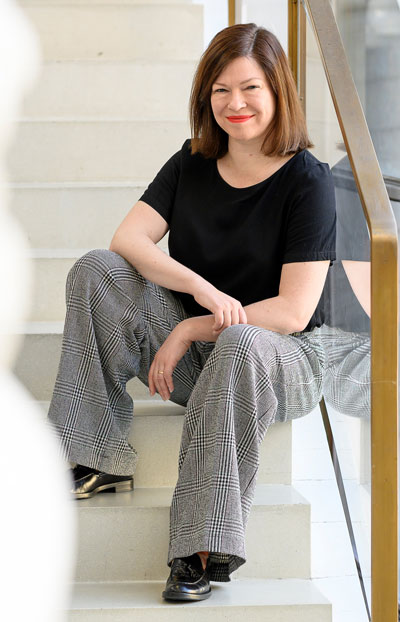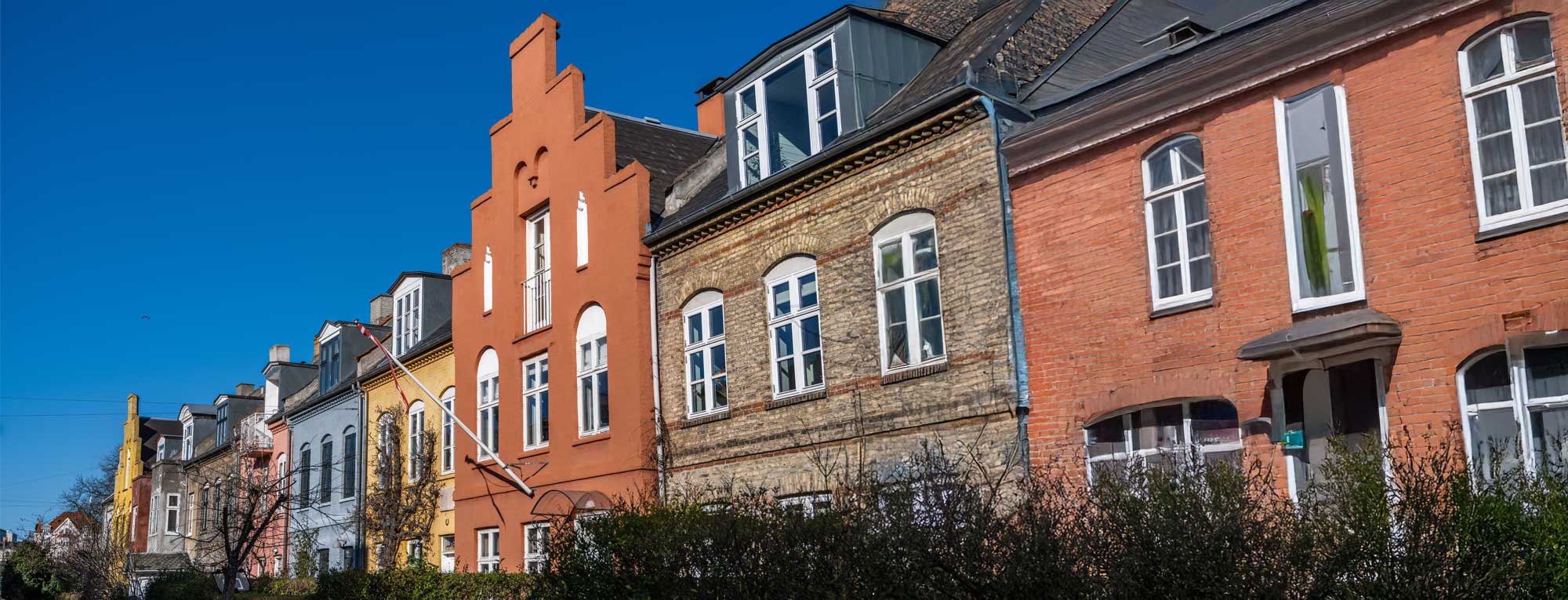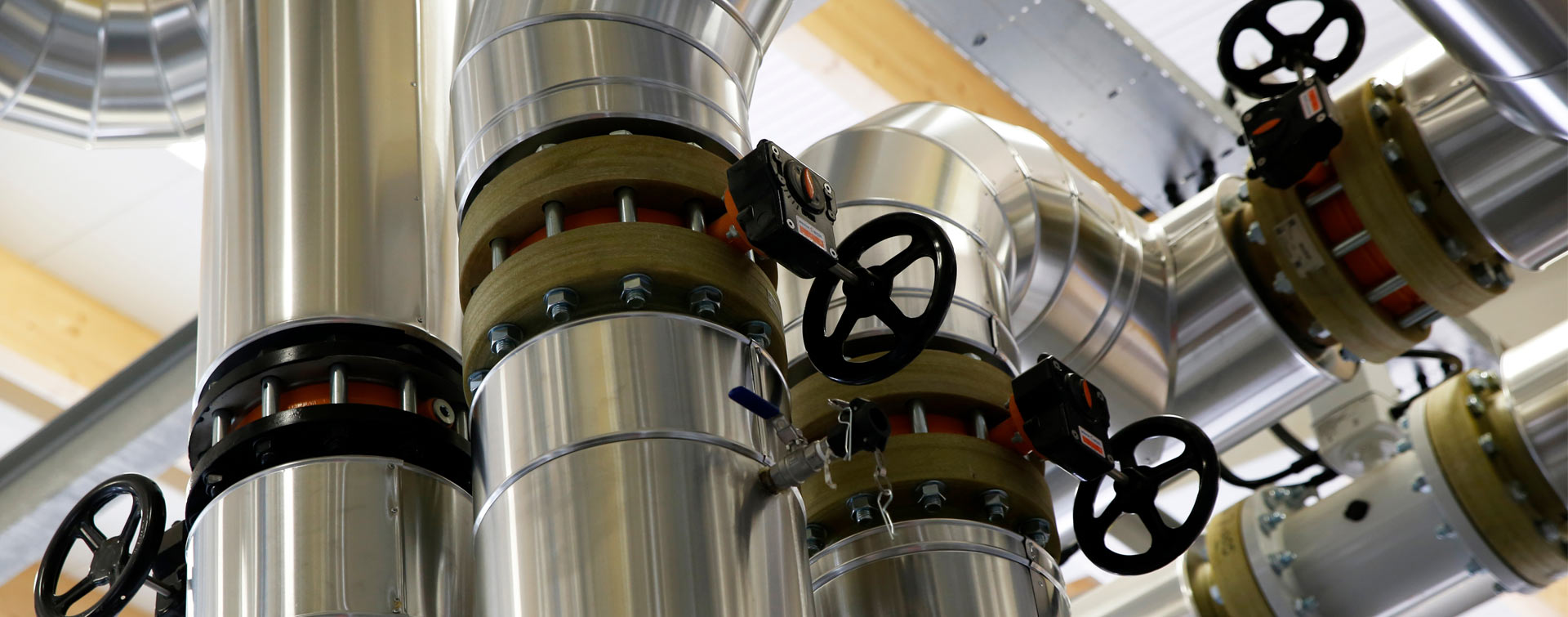 7 min
7 min
What were the key strategies and initiatives that Helsinki implemented to achieve a 60% reduction in carbon emissions?
Helsinki has been conducting climate policies for a long time, but I would say that the current and the previous council periods have really been the one’s when our ambition has been high, and these have been the years when we have achieved the most. In 2017 we set a goal to be carbon neutral by 2035. After having worked for than goal for four years we had the courage after 2021 local election to tighten the goal. So, in the city strategy decided by the city council 2021 we committed ourselves to be carbon neutral by 2030 and we have since worked for that goal.
To have reached a 60% carbon footprint per capita reduction, we have guided the energy company city own, Helen, to phase out from coal and invest in energy efficiency, in heat pumps and heat storages. All these investments made it possible for the company to close down it’s second coal power plant last year. And the one remaining still will be closed in next year’s spring.
A LIRE AUSSI : • How can we build a more sustainable future? Two deeply involved experts share their visions and convictions
Can you share some of the most significant challenges you faced, and how did you overcome them?
There have been challenges! Change is never easy. One of the most difficult decisions was already back in 2015 when the decision of closing the first coal power plant was made. The energy company was given a 9-year period to the needed replacement investments but at that point no one knew the exact composition of those investment, so there was uncertainty around the decision. But nine years is a long time, and the world is changing fast, so it was a right thing to do to set a clear goal and in the end the closing of the coal plant took place one and half years earlier that the due date was.
How do you ensure that the new sustainable construction projects also meet the needs of affordability and accessibility for residents?
A really good question! Helsinki wants to be a socially just city, so these questions are important to us. Sometimes affordability needs new angles. City owns and builds regulated rental apartment houses where rents depend on the building cost and cost of running the building. We have been advancing geothermal energy and it is something that raises in investment cost. On the other hand, heating with geothermal is cheaper than its alternatives, so it lowers the running cost and benefits the tenants in that phase. To adjust ourselves to these kinds of changes requires a surprisingly large amount of work. And luckily many low-carbon alternatives are not so expensive anymore and there we have to be thankful to European Union emission trading system1 that has managed to make the emitters to pay for their carbon emissions.
Can you highlight any specific sustainable construction projects in Helsinki that you are particularly proud of?
I am really proud that Helsinki is the first city in Finland to have a binding maximum value2 for the CO2 emissions of the whole life cycle of residential buildings. We did that a year ago, and first project to use that target value are now in the planning phase. In this way we will have an impact to the whole building industry, the building materials and the building process included, in Finland.
I’m also very proud of the Kalasatama – Pasila tram, which has created a new biodiversity, and the result is truly magnificent!
What advice would you give to other cities looking to achieve similar successes in reducing carbon emissions through sustainable construction?
I think it is crucial to be systematic, not to settle in pilots, or interesting single examples. Pilot projects are used to test something that will then become a general rule. Regarding life cycle carbon footprint targets, we started with competitions, so that we could see, what is the best industry can produce, but then we proceeded to target values that apply to everyone.
targets. With a clear over all target all the players, companies, citizens, other branches of government know where you are heading, by that you also create an investment environment that favors sustainability.
My last advice is regarding timelines: in my experience, a mid-range timeline is the best for climate action. A target for 2050 does not get anyone to act know and efficiently, best targets are with 5 to ten year’s reach. With targets now heading to 2035 you can really understand that achieving them requires action now, not later.
Looking ahead, what are the next steps for Helsinki in continuing to promote sustainability and combat climate change?
We are working with the traffic system now. There are a lot of political tensions and at the same time emissions from traffic are going down slower that they should, so there is lot to do with that. We are investing in better cycling infra and we are considering low zero emission zones for private cars.
- Launched in 2005, the European Union Emissions Trading Scheme is a mechanism for trading CO2 emissions rights within the European Union as part of the EU’s ratification of the Kyoto Protocol. It sets limits on the gases that can be emitted and establishes a carbon market, enabling each company to buy or sell emission allowances. Companies that make an effort are rewarded, while those that exceed their emissions ceilings must buy emission allowances from companies that are more environmentally virtuous and are penalised.
- The binding target value counts the CO2 emissions of a building’s materials, the construction process ja it’s emissions for use during 50 years, and it sets a maximum value for all these emissions together that you cannot go above.
Photo credits: Pienempi Koko, Shutterstock















